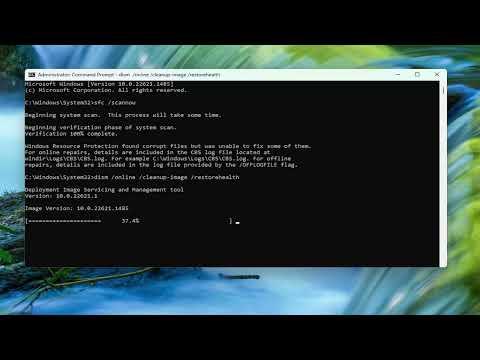I recently encountered a frustrating issue with my Windows 11 system while trying to enable .NET Framework 3.5. The error code 0x800f081f kept appearing, and it was preventing me from installing this essential component. After some research and troubleshooting, I managed to resolve the problem, and I’m here to share the step-by-step process that worked for me.
First off, it’s important to understand that .NET Framework 3.5 is a feature that’s not installed by default in Windows 11, even though it’s necessary for many older applications. The error 0x800f081f usually indicates that the system is unable to find the necessary files to complete the installation. This can be due to various reasons, including issues with the Windows Update service, corrupt system files, or missing installation files.
Here’s how I tackled this problem:
1. **Use Windows Features Dialog**
The first method I tried was through the Windows Features dialog. I opened the Start menu, typed “Turn Windows features on or off” into the search bar, and selected the matching result. In the Windows Features window, I checked the box next to “.NET Framework 3.5 (includes .NET 2.0 and 3.0)” and clicked OK. This method requires an internet connection, as Windows needs to download the necessary files. However, it didn’t work for me, and I still encountered the same error code.
2. **Check for Windows Updates**
Next, I decided to ensure that my Windows 11 system was fully updated. Sometimes, pending updates can interfere with the installation of additional features. I opened the Settings app by pressing Win + I, then navigated to “Update & Security” and clicked on “Windows Update”. I selected “Check for updates” and installed any available updates. After updating, I restarted my computer and tried installing .NET Framework 3.5 again, but the error persisted.
3. **Use the DISM Tool**
The Deployment Imaging Service and Management Tool (DISM) is a powerful utility that can help repair system images and fix corrupted files. I opened Command Prompt as an administrator by searching for “cmd” in the Start menu, right-clicking on Command Prompt, and selecting “Run as administrator”. In the Command Prompt window, I typed the following command and pressed Enter:
“`
DISM /Online /Cleanup-Image /RestoreHealth
“`
This command scans and repairs any issues with the system image. After the process was completed, which took several minutes, I rebooted my computer and attempted to install .NET Framework 3.5 again. Unfortunately, the error 0x800f081f was still there.
4. **Use the Windows Installation Media**
Since the previous steps didn’t resolve the issue, I decided to use the Windows installation media to manually install .NET Framework 3.5. First, I downloaded the Windows 11 ISO file from the official Microsoft website. Then, I created a bootable USB drive using a tool like Rufus or the Windows Media Creation Tool. With the bootable USB drive ready, I inserted it into my computer and mounted it.
I opened Command Prompt as an administrator again and ran the following command to use the installation media as a source for the .NET Framework files:
“`
DISM /Online /Enable-Feature /FeatureName:NetFx3 /All /LimitAccess /Source:D:\sources\sxs
“`
In this command, I replaced `D:\` with the drive letter of my installation media. This command tells DISM to use the source files from the installation media to install .NET Framework 3.5. After running the command, I waited for the process to complete and then restarted my computer. This time, the installation of .NET Framework 3.5 was successful.
5. **Check System Files with SFC**
To ensure there were no underlying issues with system files, I ran the System File Checker (SFC) tool. I opened Command Prompt as an administrator once more and typed:
“`
sfc /scannow
“`
This command scans and repairs corrupted system files. After the scan finished, I rebooted my computer and verified that the .NET Framework 3.5 installation was working correctly.
6. **Verify Installation**
After completing all the steps, I went back to the Windows Features dialog to confirm that .NET Framework 3.5 was now listed as installed. I also checked if the applications requiring .NET Framework 3.5 were functioning properly. Everything seemed to be in order, and the error 0x800f081f was resolved.
In summary, dealing with the .NET Framework 3.5 error 0x800f081f on Windows 11 required a bit of patience and a combination of different methods. From using the Windows Features dialog to leveraging DISM with installation media, each step was crucial in addressing the issue. If you find yourself in a similar situation, following these steps should help you resolve the problem effectively.
